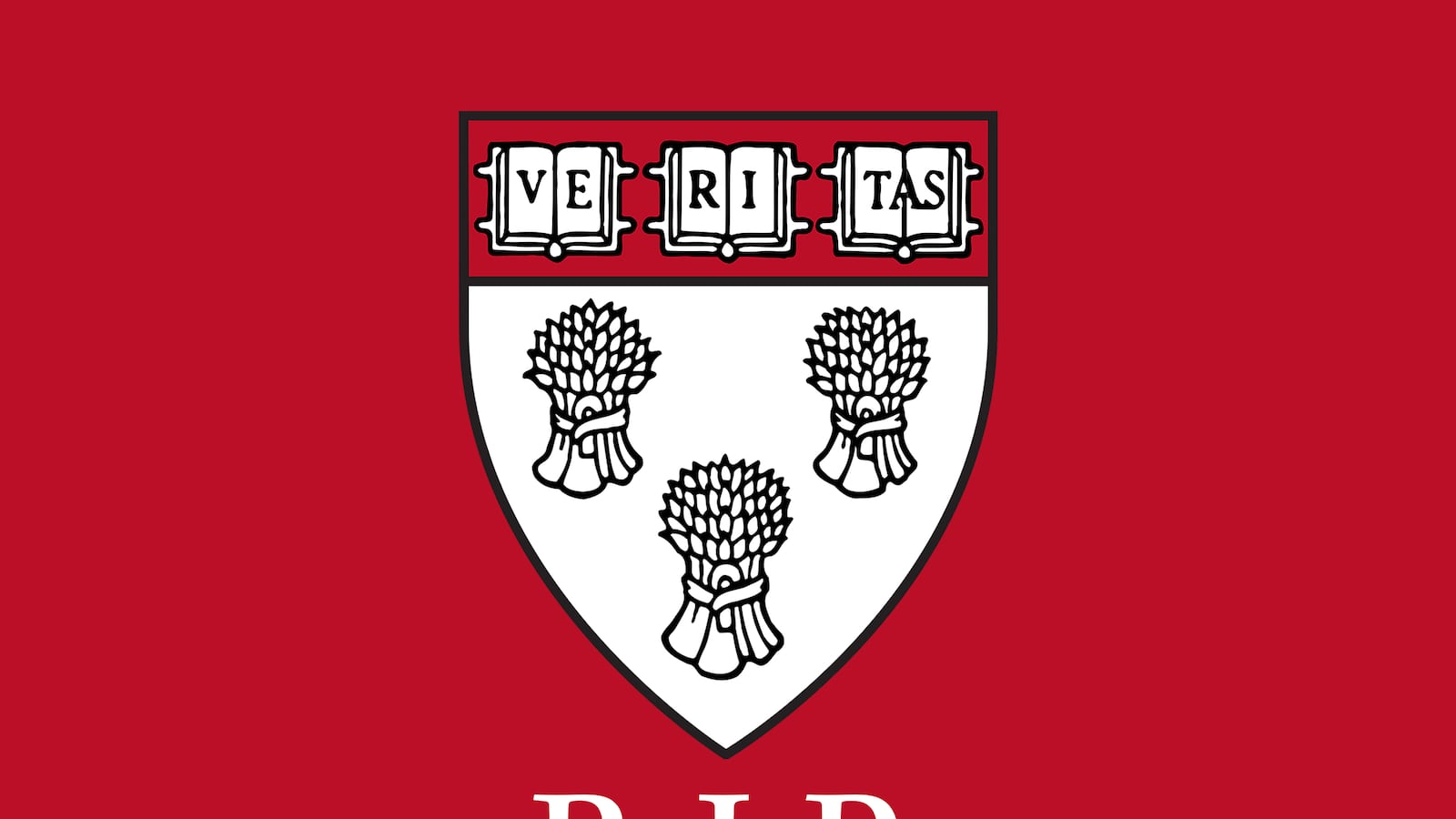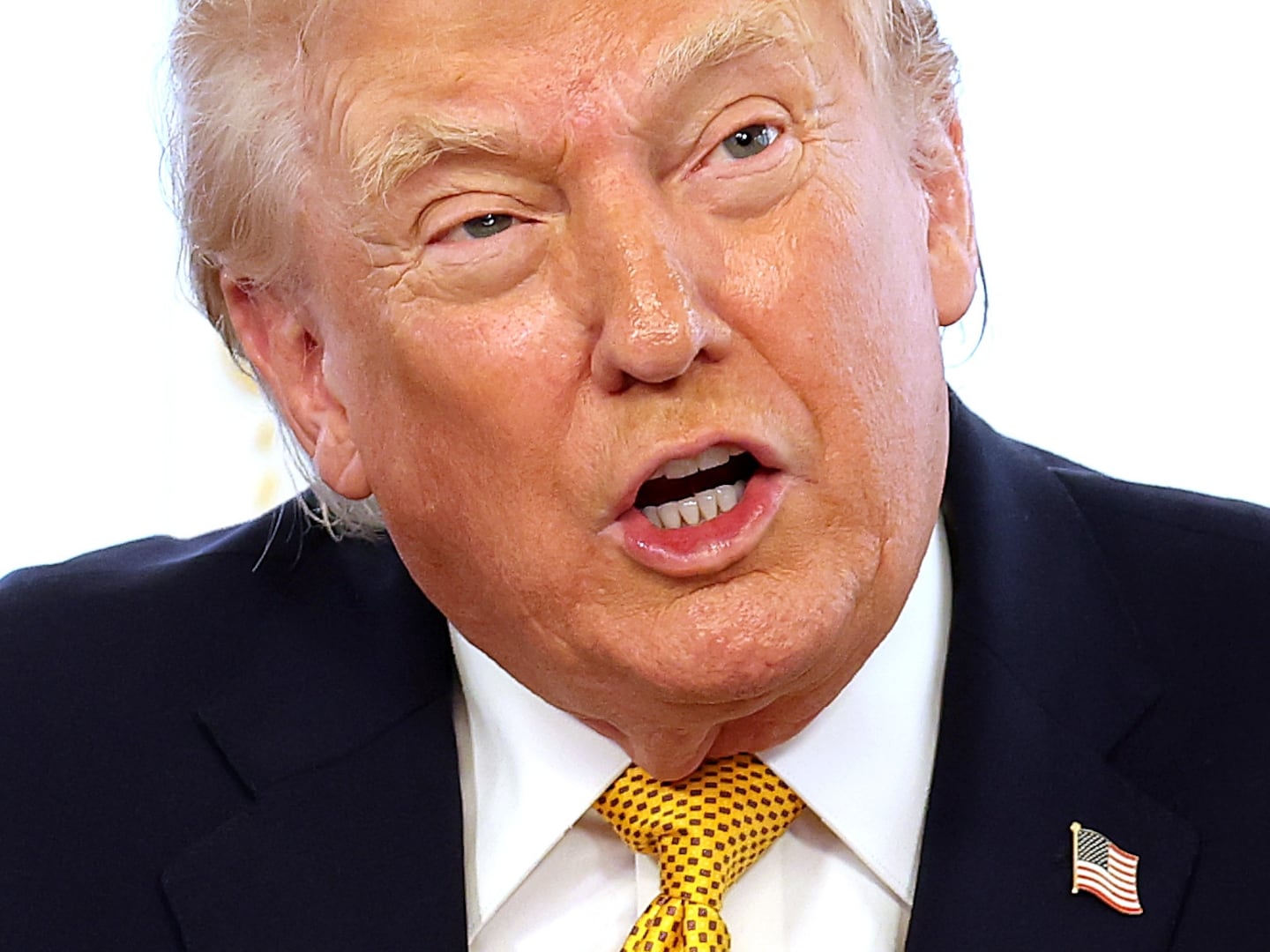Harvard Law School is acting swiftly in the wake of its decision Monday to retire the school’s official symbol, adopted in 1936, because of its ties to a slave-owning benefactor.
By Tuesday, the school had already excised it from Facebook and other social media platforms, and has promised to remove all physical traces of the racially charged family crest—on plaques, chairs, doormats, letterhead—by mid-April.
On Monday, Harvard Corporation approved the decision made by a committee of nine people, including HLS professors, students, and alumni, which they justified in an 11-page report.
Though the issue was first raised by the Royall Must Fall student movement (inspired by the Rhodes Must Fall movement at Oxford University), the committee suggested that they were not simply kowtowing to the “strong feelings” represented by those behind the movement, or those in favor of retaining the symbol.
The committee “cannot and should not presume to judge which feelings are valid and which are not,” they wrote, so they arrived at their decision in “a reasoned and principled manner” that involved canvassing more than 1,000 people—faculty, staff, students, and alumni—in the greater Law School community, but offered no poll or vote.
The subtext is that Harvard Law School is not in the business of protecting feelings, and that the decision to do away with the school’s trademark symbol—the family crest of a wealthy slave owner whose son, Isaac Royall Jr., endowed Harvard’s first law professorship—was based on careful consideration of a number of issues.
But their lawyerly justifications for doing away with the symbol did, in fact, boil down to respecting the feelings of those for whom the shield represents “past oppressions and present discriminations.”
They are not wrong to wish to appease current students who aren’t proud of the Law School’s official and ubiquitous symbol, now that they know of its ties to slavery.
Indeed, the Law School has been aware of the Royall family’s links to slavery since 2000, when Professor Daniel Coquillette began publishing research on the subject. (He has since co-written a book, On the Battlefield of Merit: Harvard Law School, The First Century, about the school’s morally tainted beginnings.)
But it wasn’t until last fall that current law students mounted a campaign to do away with the Royall family crest as the Law School’s official symbol, echoing recent protests challenging traditions and legacies at universities on both sides of the Atlantic.
Yale has rushed to meet student demands to “abolish the title ‘master’” for faculty members, among other things. Brown has launched a $100 million “inclusivity” initiative in response to student protests.
Princeton’s President Christopher Eisgruber signed a document vowing to consider removing Woodrow Wilson’s name from the university because he advocated for segregation during his presidency.
Since October, students at Oxford’s Oriel College have been campaigning to dismantle a statue of Cecil Rhodes, the British colonialist who endowed the Rhodes scholarship. (They successfully campaigned for the removal of a plaque honoring Rhodes at Oriel College.)
And students at Cambridge University’s Jesus College are demanding the school return a brass rooster to southern Nigeria, where it was stolen by British soldiers during a peacemaking mission gone wrong in the late 19th century. It was bequeathed to the school in 1930 by an army captain whose son attended Jesus (its founder’s family crest featured roosters).
The Committee report stated that while its members disagreed at some stages of decision-making, they were largely in agreement about retiring the fraught Royall symbol.
“It was very important that the committee showed a substantial will to deepen our engagement with the Isaac Royall legacy and contemporary issues of racial justice,” Janet Halley, the Royall Professor of Law, told The Daily Beast.
Halley stressed that while the symbol will be expunged, the Royall family legacy will not.
Others suggested that removing the sign amounts to a piecemeal attempt to change the culture where white privilege is the dominant theme—and one which is not likely to constitute social change.
“It will be nice when gratitude replaces grievance as the ruling passion of the university,” said Ruth Wisse, a longtime undergraduate professor at Harvard who retired in 2014.
Though the committee addressed “slippery slope” arguments—once you start righting wrongs, where do you stop?—some professors were not convinced.
“My preference would have been for Harvard to articulate standards that would be genuinely applicable to situations of this kind rather than to focus exclusively on this one issue,” said Alan Dershowitz, professor emeritus at the Law School.
“We don’t know what [retiring the symbol] will mean in terms of buildings and institutions that are named after other wrongdoers whose presence offends other minority groups.”






